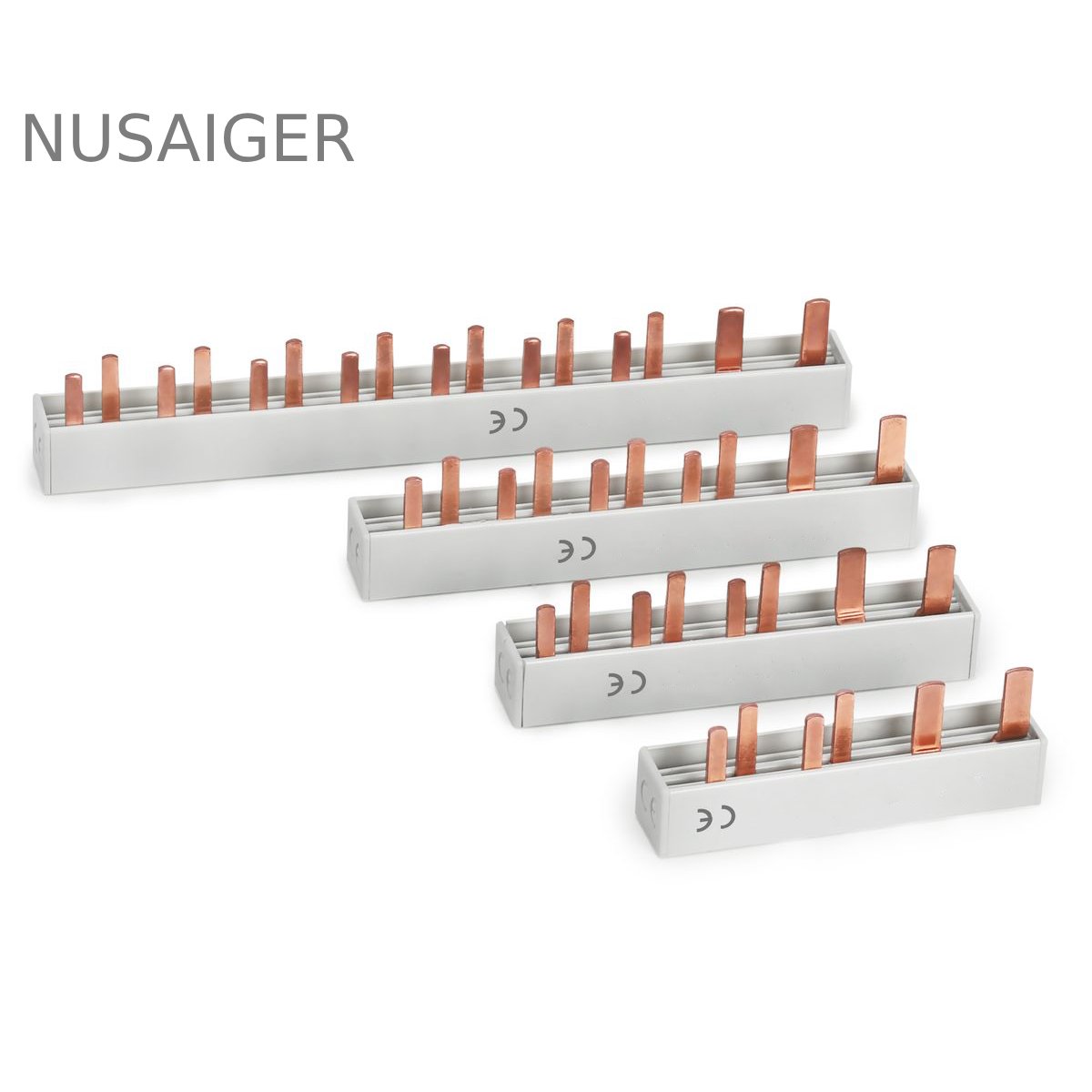Electrical Busbars: Types, Functions, and Advantages Explained
In modern electrical systems, efficiency, safety, and reliability are top priorities. One of the key
components that meet these requirements is the electrical busbar. Busbars are metal strips
or bars, usually made of copper or aluminum, designed to conduct significant amounts of current.
They form the backbone of power distribution in residential, commercial, and industrial environments.
1. What Is an Electrical Busbar?
An electrical busbar is a rigid conductor used to distribute power from a supply point to multiple
circuits or loads. Unlike conventional cables, busbars offer a more organized, compact, and
efficient solution for managing electrical power. They are widely used in switchgear, panel boards,
substations, and renewable energy systems.
2. Common Types of Electrical Busbars
Depending on material, shape, and application, busbars can be classified into different types:
- Copper Busbars: High conductivity, durability, and excellent performance under
heavy loads. Preferred for critical applications. - Aluminum Busbars: Lightweight and cost-effective, often used in large-scale
installations where weight reduction is important. - Tinned Copper Busbars: Copper busbars coated with tin to improve corrosion
resistance, especially in humid or outdoor environments. - Flexible Busbars: Made from laminated copper sheets, designed to absorb
vibration and allow movement without compromising electrical performance. - Insulated Busbars: Encased with protective insulation for safer operation in
compact systems.
3. Key Functions of Electrical Busbars
Electrical busbars perform multiple functions in power distribution systems:
- Distribute electricity evenly from power sources to multiple circuits.
- Provide a centralized connection point for various electrical components.
- Reduce system complexity by replacing bundles of cables with a streamlined solution.
- Support scalability in power distribution systems for future expansion.
4. Advantages of Using Busbars
Compared to traditional cable-based systems, busbars offer several distinct benefits:
- Higher Efficiency: Low resistance reduces power loss and heat generation.
- Better Space Utilization: Compact design saves room in electrical panels and substations.
- Improved Safety: Lower risk of overheating and fire hazards compared to bundles of cables.
- Durability: Strong mechanical strength withstands harsh industrial conditions.
- Ease of Maintenance: Busbars are easier to inspect and maintain compared to hidden cables.
- Flexibility: Easy to modify or expand electrical systems as demand grows.
5. Busbars vs. Cables
While both busbars and cables are used to conduct electricity, they differ significantly:
- Current Capacity: Busbars can handle higher currents more efficiently.
- Heat Dissipation: Busbars release heat faster due to their larger surface area.
- System Organization: Busbars create a neater layout compared to cable bundles.
- Longevity: Busbars have a longer lifespan due to reduced thermal stress.
6. Applications of Electrical Busbars
Busbars are used in a wide range of applications, such as:
- Power distribution in commercial and residential buildings.
- Industrial switchgear and control panels.
- Data centers for stable and efficient energy delivery.
- Renewable energy systems like solar and wind power plants.
- Transportation, including electric vehicles and rail networks.
7. Conclusion
Electrical busbars are a cornerstone of modern power distribution systems. With their superior
efficiency, reliability, and scalability, busbars provide a significant advantage over traditional
cables. Whether for small residential setups or large industrial operations, selecting the right type
of busbar ensures long-term performance, safety, and energy savings.



